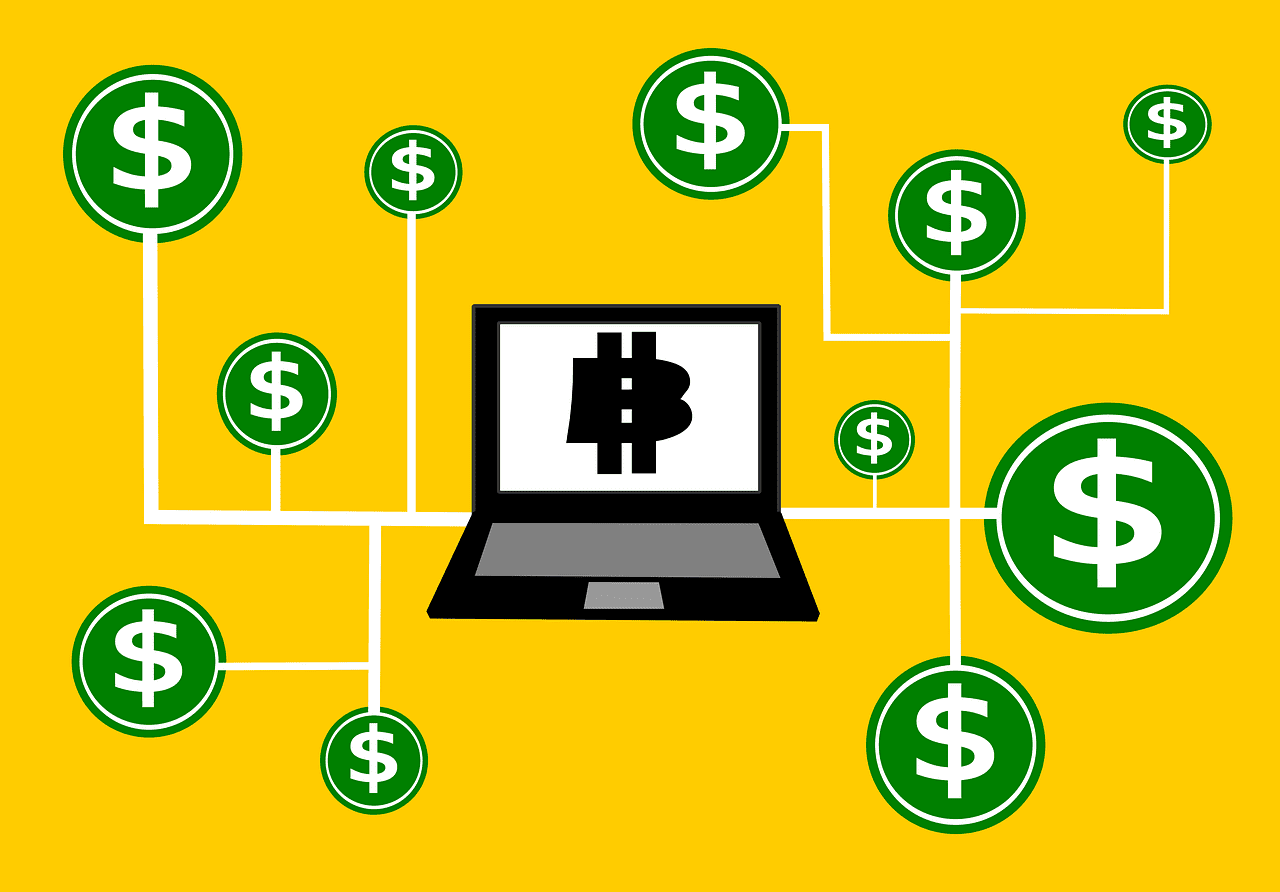Content
Personal Finance Insider researches a wide array of offers when making recommendations; however, we make no warranty that such information represents all available products or offers in the marketplace. For example, you might decide to sell if a stock rises or falls a certain percentage. Diversification and asset allocation do not ensure a profit or guarantee against loss. Our most advanced investment insights, strategies, and tools. Advisory services offered through Ally Invest Advisors Inc., a registered investment adviser.
Some may prefer trading in calmer markets, while others may only like being very active in volatile markets with large price movements. The stock market can present particularly volatile situations in the short-term, so read more about the most volatile stocks to trade on right now. Traders may be looking to compound their returns more quickly than an investor. The shorter the duration of the trade, the more chance there is to compound since any profits are added to the account balance and can be used on the next trade. This doesn’t always work though, as a poor strategy will produce losses, resulting in a lower account balance, not a higher one.
Styles of investing
When you buy a stock—or any asset—make sure you know what you’re looking to achieve, how much risk you’re willing to tolerate, and how long you think it will take. It’s no fun to take a loss, but managing risk is an important part of trading. The idea Trading vs Investing is to make enough on the winners to cover the losers and still come out ahead. Traders observe the markets, wait for an opportunity, and make a trade. They’re like a pilot who checks the speed and direction of the wind, then dials in the flight plan.

Failure to do so can result in your position being closed and the loss to your account being realised. CFDs are derivatives, which means that you only have to put up a small deposit to gain exposure to the full value of a trade. While this will magnify profits, it will also magnify losses. This is why learning about the risks of trading is crucial for anyone who is starting to trade. Trading involves speculating on the future price of a market via derivative products.
Introduction to Day Trading Trading vs. Investing
Day trading doesn’t rely too much on the company’s fundamentals, but rather the stock’s technicals. The holding time can range from minutes to hours, but positions are closed out by the end of the day. Day traders don’t hold positions overnight as the risk of gapping against their position is great. So in the short-term, your exposure to risk as a trader is much higher than that of an investor5. Nearly three-quarters of trades in one day can be linked to traders with a history of losses.
- Interest rate risk, in this context, simply refers to the challenges that a rising interest rate causes for businesses that need financing.
- In other words, they effectively force the government to give them an interest-free loan by deferring their taxes, and they continue to compound on the full, pre-tax amount.
- Remember these are long-term results, and you shouldn’t invest money you may need to cover immediate expenses in an effort to beat inflation.
- Traders and investors are both looking to make a profit on the risk they are taking, but how they measure risk and reward may differ.
- Investing and trading both involve buying financial assets, such as mutual funds, ETFs, and individual stocks, with the goal of growing your money.
Investors may also buy stocks they feel are undervalued or a turnaround situation where horrible financial metrics are being turned around. Investors view stocks as companies, traders view them as three or four letter opportunities. Day trading is the process of actively buying and selling stocks intraday with the goal of profiting off of the underlying price action.
Content: Trading Vs Investing
You may have a large part of your portfolio in long-term investments where you act like an investor, and you may have another, likely smaller, portion of your portfolio dedicated to active trading. Now that you know how traders approach time, activity, and risk, let’s look at how investors do. While there are some common elements, traders and investors approach these elements in a slightly different way. Traders generally buy stocks with the intent to sell when the price reaches a particular point, usually within a short time frame, in hopes of making a quick profit.

Activity means trading, and a trader needs to know when to get in and get out of a trade. For many traders, this means analyzing price charts and other signals. Reading charts to know when to buy and sell a stock is often called technical analysis. In Germany, for instance, capital gains on shares are taxed at a flat 25% irrespective of how long they are held (which is much lower in comparison to the income tax of up to 42%) . In Latvia, capital gains are taxed at a rate of 20%, but redistributed dividends aren’t taxed at all . This is how some regulations in the EU are encouraging long-term investing rather than frequent trading.
Types of traders or trading styles
It involves a lot of speculation — that is, quick decisions, educated guesses and just plain gambles. INVESTMENT BANKING RESOURCESLearn the foundation of Investment banking, financial modeling, valuations and more. https://xcritical.com/ Sign up and we’ll send you Nerdy articles about the money topics that matter most to you along with other ways to help you get more from your money. When you invest in a new Merrill Edge® Self-Directed account.
Trading requires implementing stop-losses to avoid blowing up or losing all of the capital in the account in short order. Investing is a passive endeavor where losses or profits are carried for a longer time horizon with the belief that the markets ultimately rises higher in the long run. The shorter-term nature of trading tends to increase the amount of leverage used. Day traders who may be spread betting or trading CFDs on stocks, forex, indices or any other financial instrument will often use leverage since they want to make short term gains.
Trading
They will also close the position quickly in order to limit the losses. Day trading is buying and selling on small price movements throughout a trading day, often in intervals of seconds or minutes. Day trading is an excellent way to make money on the market if you have the initial capital and time per day needed to make the trades you want. However, it also takes a strong desire to make money on trades and a solid risk management strategy. In contrast, the Fidelity 500 Index Fund has annual operating expenses of .015% of your total investment.
Differences Between Trading and Investing
At their most basic level, trading and investing are identical. And each offers the chance for you to pick a wide range of investment types to help you reach your personal goals. People who invest tend to hold it for months or years with the goal of gradually increasing their wealth over time. Someone who has most famously used this tactic has been Warren Buffet, who believes in buying quality investments and holding onto them for years and, in some cases, forever. Forex, options, and other leveraged products involve significant risk of loss and may not be suitable for all investors.
